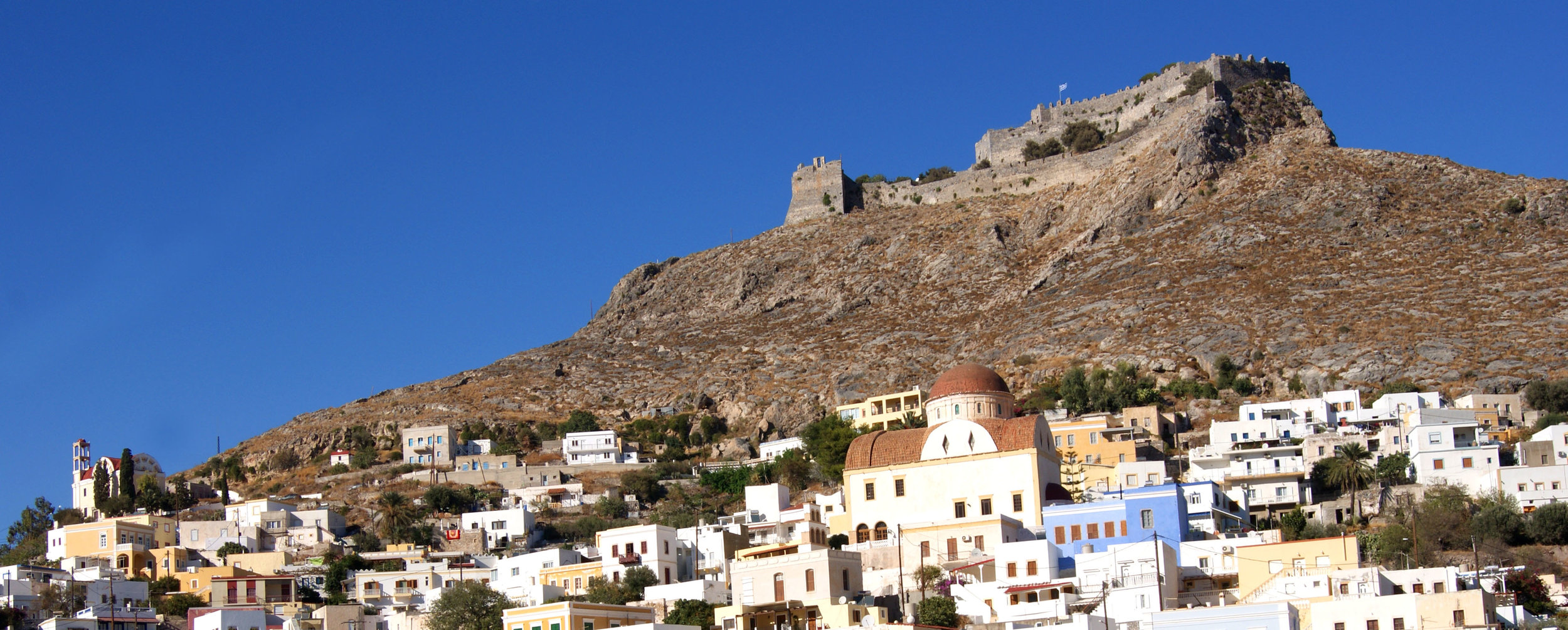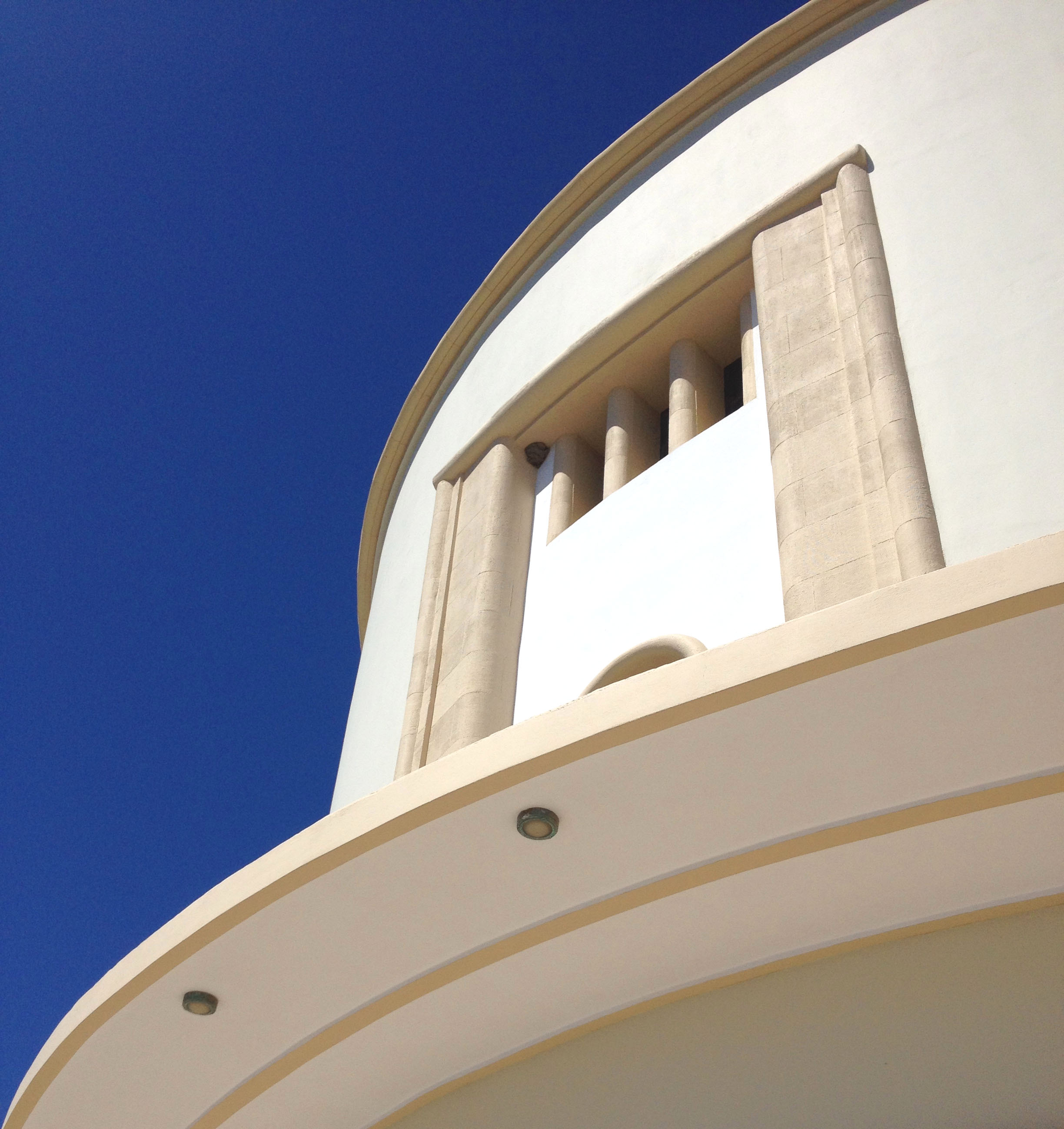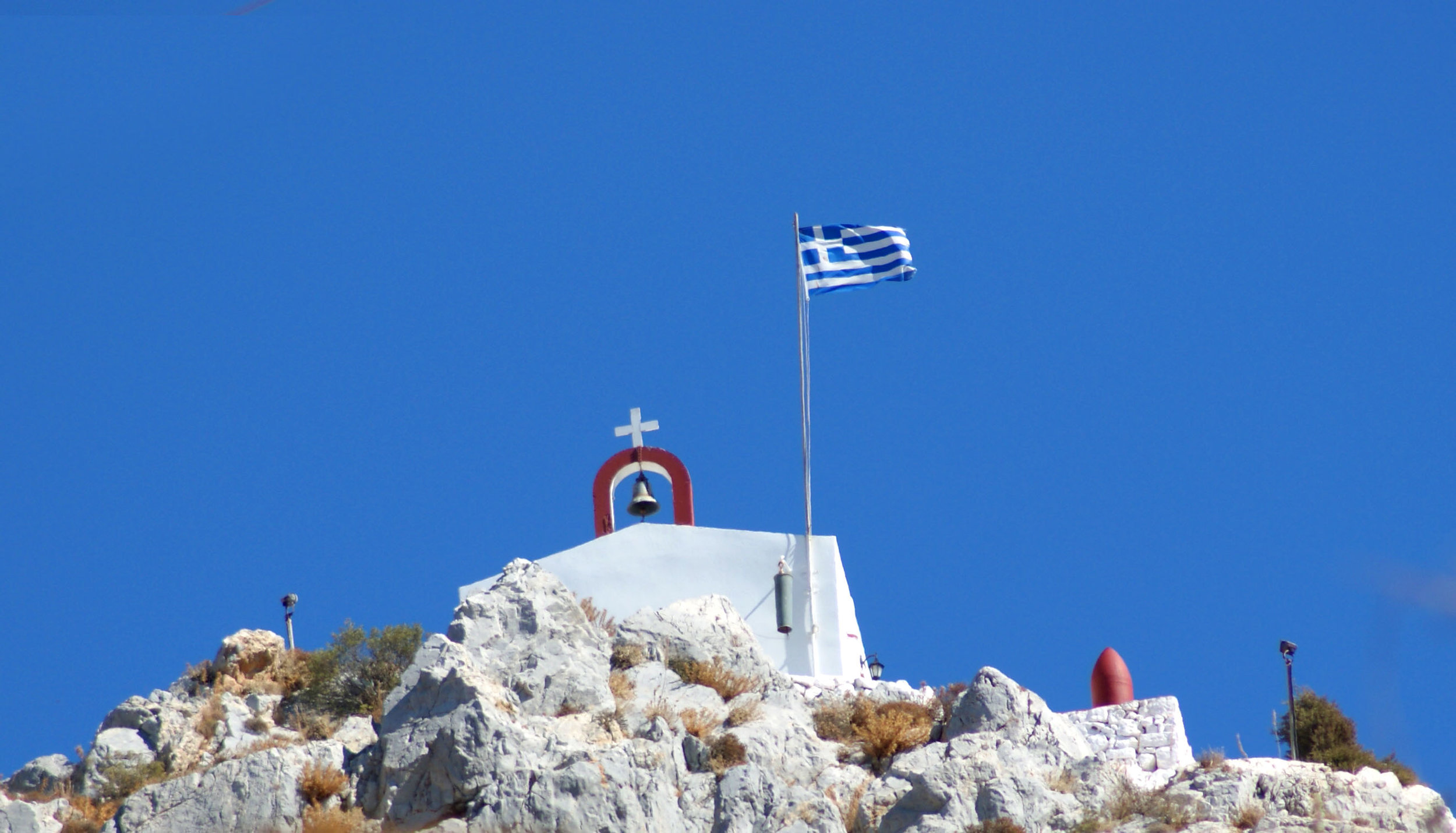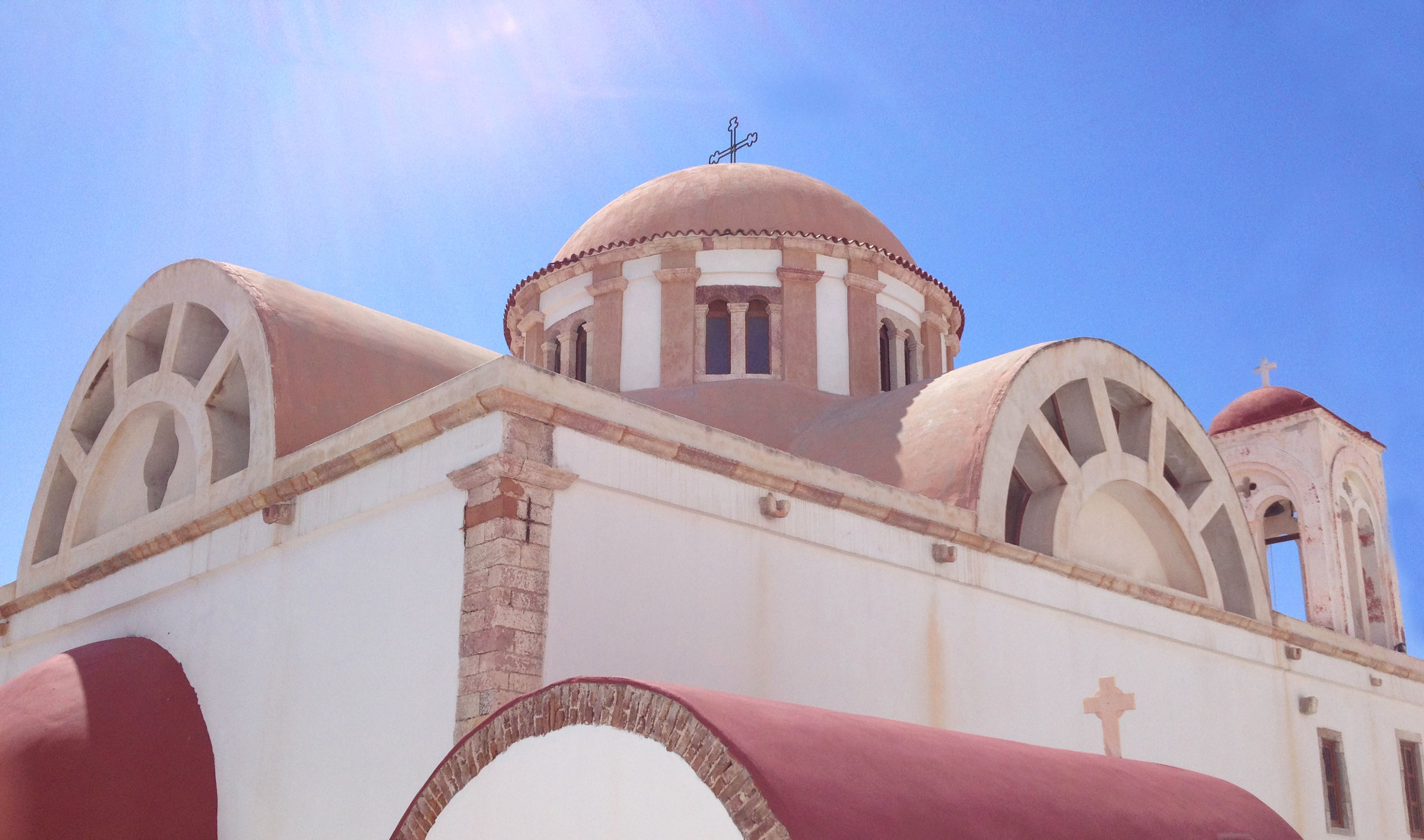Leros is an undiscovered gem - a unique and authentic island that we have made our home.
Leros may be small but it is full of surprises and offers the traveller an opportunity to experience authentic island life in a quiet and unspoilt part of the Aegean.
The `Island of Artemis’ has a fertile and varied landscape ranging from sandy beaches to olive terraces, and from pine forests to mountain meadows - all set against the dramatic backdrop of the Turkish coast.
Leros is a small island in the Dodecanese with a population of around 7,500 scattered across it’s 2 towns and many villages. It has an interesting past and beautiful architecture along with a secluded beauty that has been lost by some of it’s more developed neighbours. From April to October temperatures are high and rainfall almost non-existent.
Its quiet beauty is waiting to be discovered!
Beaches
Leros has beaches to suit every taste - from sandy, shallow, sheltered beaches at Alinta and Gourna, to cool beach bars at Dio Liskaria and Merikia. If you prefer remote beauty and serenity then visit Kokkina and Blefoutis. Even the remotest beach is only within 15 minutes of the hotel by taxi or scooter.
If you’d rather not stray so far, Panteli beach is just a two minute stroll from the hotel.
Food and drink
Leros is an island for gourmets and is famed for its superb fresh fish and seafood. There are excellent restaurants with international reputations for cuisine on the island, serving quality European dishes made with fresh local ingredients.
You can also find many traditional Greek tavernas, that serve delicious char-grilled meats and fish with traditional country cooking. A particular island speciality is fresh salted mackerel which you can find on many restaurant menus.
There are plenty of great cafes and beach bars all over the island, with great cocktails, fantastic cakes and good coffee.
Things to do
There are daily boat trips to the White Islands where you can swim in turquoise waters - just head down to Agia Marina and book a seat with them the day before.
Or you could catch a boat to the remote taverna and beach on the island of Archangelos, taste local wine over lunch at the Chatzidaki vineyard, or climb to the Kastro to see the Byzantine icons.
Leros has several museums too. Learn about the Battle of Leros at The Tunnel Museum at Merikia, or discover the rich folk history of the island at The Bellenis Tower.
If you’re feeling more adventurous - you can hike to discover WWII relics in the mountains, or dive with the Hydrovius diving school.
We can help book any of these activities - just get in touch.
The Island history..
Leros has rich tapestry of foreign influences beginning with the Byzantines who colonised the island in the 11th century and built the impressive Kastro (or castle) along with many of the churches.
The Ottoman empire were amongst the next invaders, and they held Leros as a province. The island was governed by a pasha and in the 19th century many Lerian merchants travelled to Egypt, and upon their return, built the neo-classical mansions that are dotted amongst the more traditional Greek architecture here.
Leros passed into Italian hands after the fall of the Ottoman empire in 1912. In the 1930’s Lakki was developed by the Italians as a model town in the rationalist style - and it remains one of the foremost surviving examples of this modernist architectural movement.
Leros's strategic position meant that in the Second World War conflict came to the island again as the Germans and the English vied for control in the famous Battle of Leros. Many of the war remains can still be seen around the island and in the surrounding sea today - making Leros a top destination for divers and military historians.
























